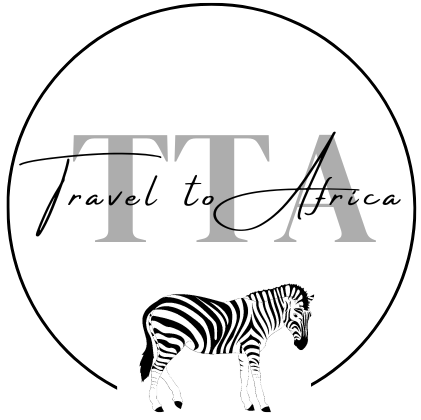If you’re curious about one of Africa’s most incredible wildlife events, the Great Migration is worth experiencing. Every year, more than 1.5 million wildebeest, along with hundreds of thousands of zebras and gazelles, move across the Serengeti in Tanzania to the Masai Mara in Kenya. The biggest show happens from July through October, and it’s a wild, unforgettable adventure for both the animals and anyone watching from the sidelines.
When and Where the Drama Unfolds
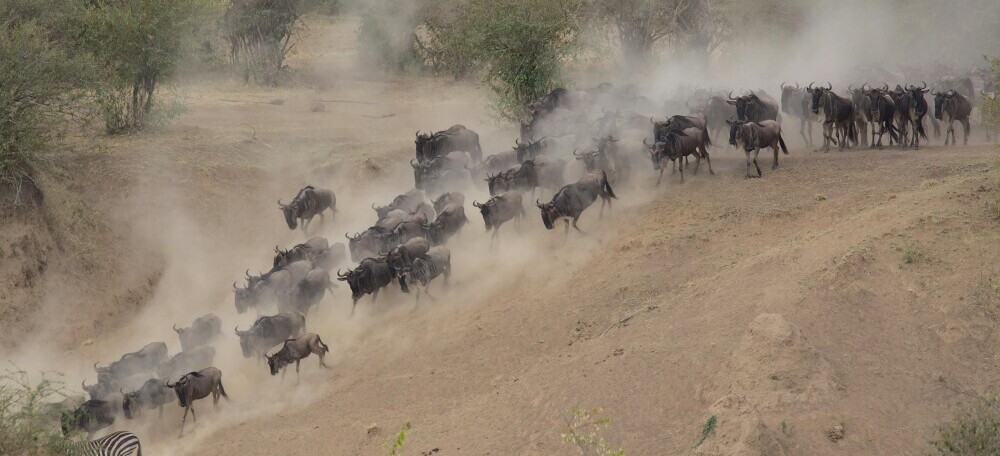
From July to October, the herds gather in the northern Serengeti, right near the border with Kenya. They’re searching for greener grass and better water. This is when you’ll spot those eye-catching moments, such as massive herds bunched up along the riverbanks, seemingly debating when to take the plunge. The Mara River crossing is what most visitors hope to witness. Giant Nile crocodiles lurk just out of sight, and sometimes big cats are nearby too. Every crossing is unpredictable and intense, offering a front-row seat to nature in action.
Spotlight on the Mara River Crossings
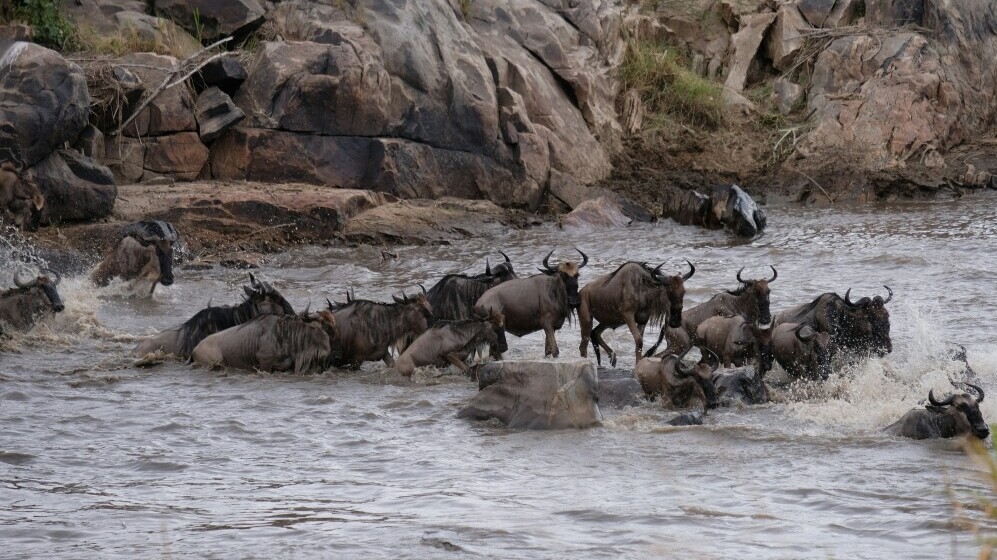
This part of the adventure is the real crowd-pleaser. Wildebeest pile up at narrow crossing points and can wait for hours before one brave animal takes the first leap. Once that happens, the rest stampede after them, splashing through strong currents while chaos unfolds. These are the scenes you’ll see in nature documentaries, with crocodiles lurking and heart-pounding action as the herds scramble for safety.
Predators on the Prowl
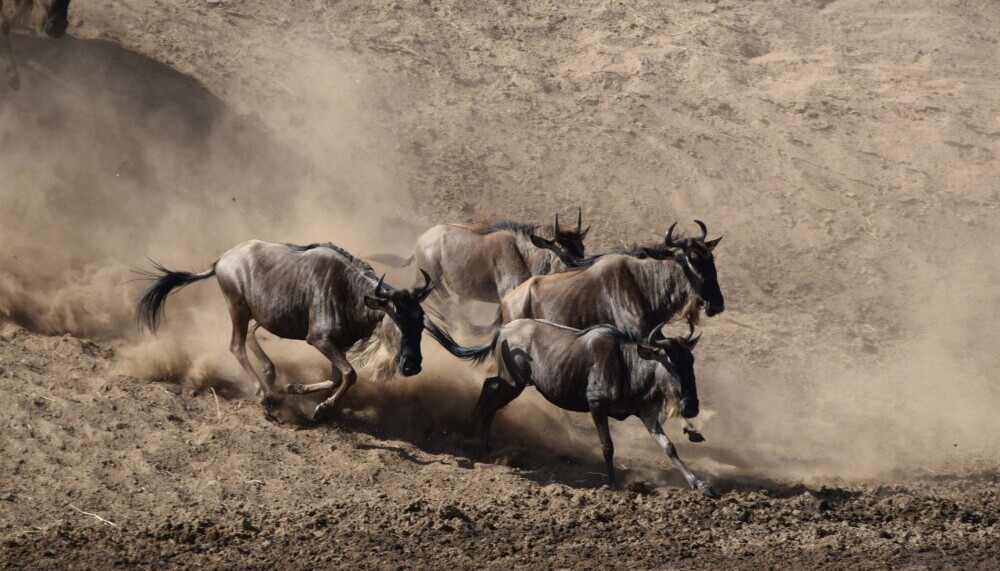
Lions, cheetahs, and leopards follow the herds closely during this period. For the big cats, it’s basically an all-you-can-eat buffet. Hunting action becomes more common, and skilled guides are experts at tracking down the action for their guests. If you’re into photography or want to feel the excitement of nature up close, this part is tough to top. You’ll not only witness dramatic scenes but also get into the rhythm of the wild as you watch both predators and prey playing their parts.
Where to Stay for the Best Views
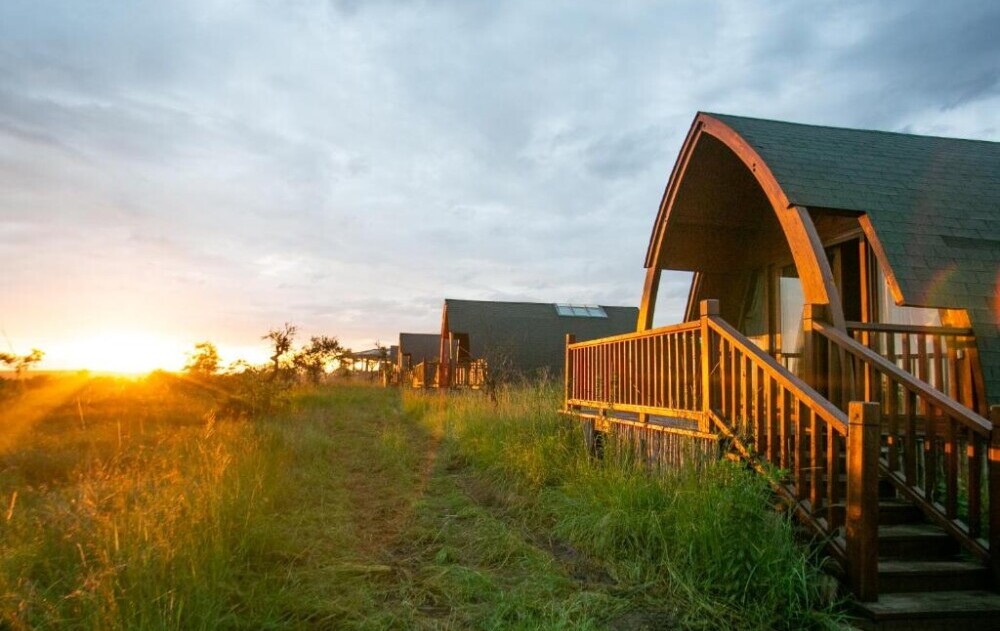
Northern Serengeti camps, such as those near Kogatende or Mbalageti Serengeti, put you close to the river crossings. Accommodations range from cozy mobile camps set right on the migration route to luxurious lodges offering awesome views. Spending at least three nights means your chances of catching a river crossing are much higher since the timing can be tricky to pin down. Plus, many of these camps give guests the added treat of delicious food and warm hospitality, enhancing the overall experience.
Safari Experiences to Expect
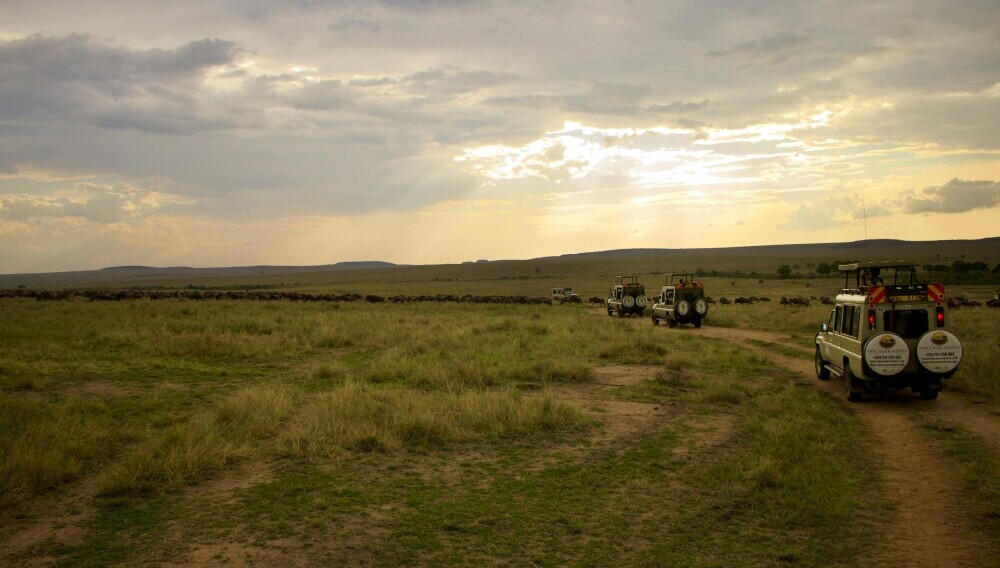
Get ready for early morning and late-afternoon game drives with passionate guides who really know the land. Lots of camps also offer guided walks and the chance to spot wildlife at night. Watching the vast night sky from a remote camp can turn an already fantastic trip into something truly next-level cool. For families, honeymooners, or solo explorers, the range of experiences ensures there’s something for everyone to enjoy.
Why This is the Best Time for a Safari
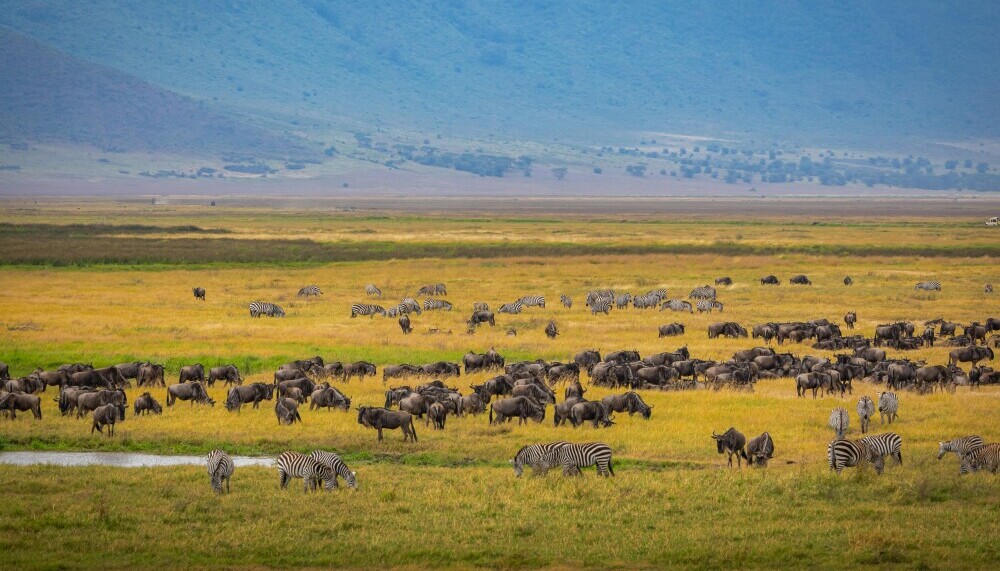
The July to October window gives you the prime chance for great weather, fewer pesky mosquitoes, and clear, sunny days—perfect for wildlife viewing. You’ll have loads of opportunities to witness predator-prey action, those famous dusty river crossings, and endless herds on the move. This is an unmatched occasion for nature and photography lovers. In fact, many visitors leave feeling inspired by the sheer energy of the migration and with memory cards full of jaw-dropping photos.
If the Great Migration is on your bucket list, this time of year is absolutely perfect for seeing the action up close. Spaces at camps fill fast, so locking in your safari early makes a big difference. The wildlife is calling, and seeing this natural wonder unfold is something you’ll never forget. Jump in and get ready for an adventure of a lifetime as you witness one of Earth’s most iconic spectacles. Explore some amazing itineraries on my website.
**Here is a little transparency: My website contains affiliate links. This means if you click and make a purchase, I may receive a small commission. Don’t worry, there’s no extra cost to you. It’s a simple way you can support my mission to bring you quality Travel to Africa content.**
